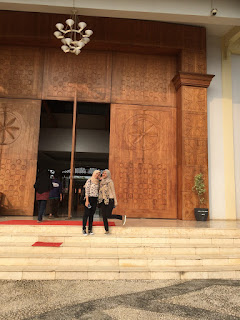Q : Since when you established your tour and travel company ?
A : I have been running my tour and travel’s business since 2014
Q : how many destinations that you have ?
A : Currently we served some routes such as Russia, Hongkong, Singapore, Dubai, and Maldives
Q : Why you choose to have tour and travel rather than other business ?
A : Because I have passion in travelling, like to go sightseeing. And I see the opportunity that Indonesian people like to travelling, so I combined my hobby with my business.
Q : what is your company’s competitive advantages?
A : affordable, offer unique destination,you can costumize, flexible tour.
Q: what system that you used ?
A : For ticketing, I used pointer.com , for the tour I have partnership with local tour provider.
Q : Do you often to give discount to your customer ?
A : Seldom, I give a discount just for the customer who have been join the trip with easy fun tour.
Q : what you unforgetable moment ?
A : When I was a tour guide I had to carrying a child around 5 years old in Hongkong. So it was from Disneyland, then we get into a train and suddenly he felt asleep and his parents told me to carrying until my room. But when I want to across the street he suddenly woke up and cry and looking for his parents.
Q : Are you planning to expand your current destination?
A : ke Eropa, America dan Umroh. To Europe, America, and Mecca.




















